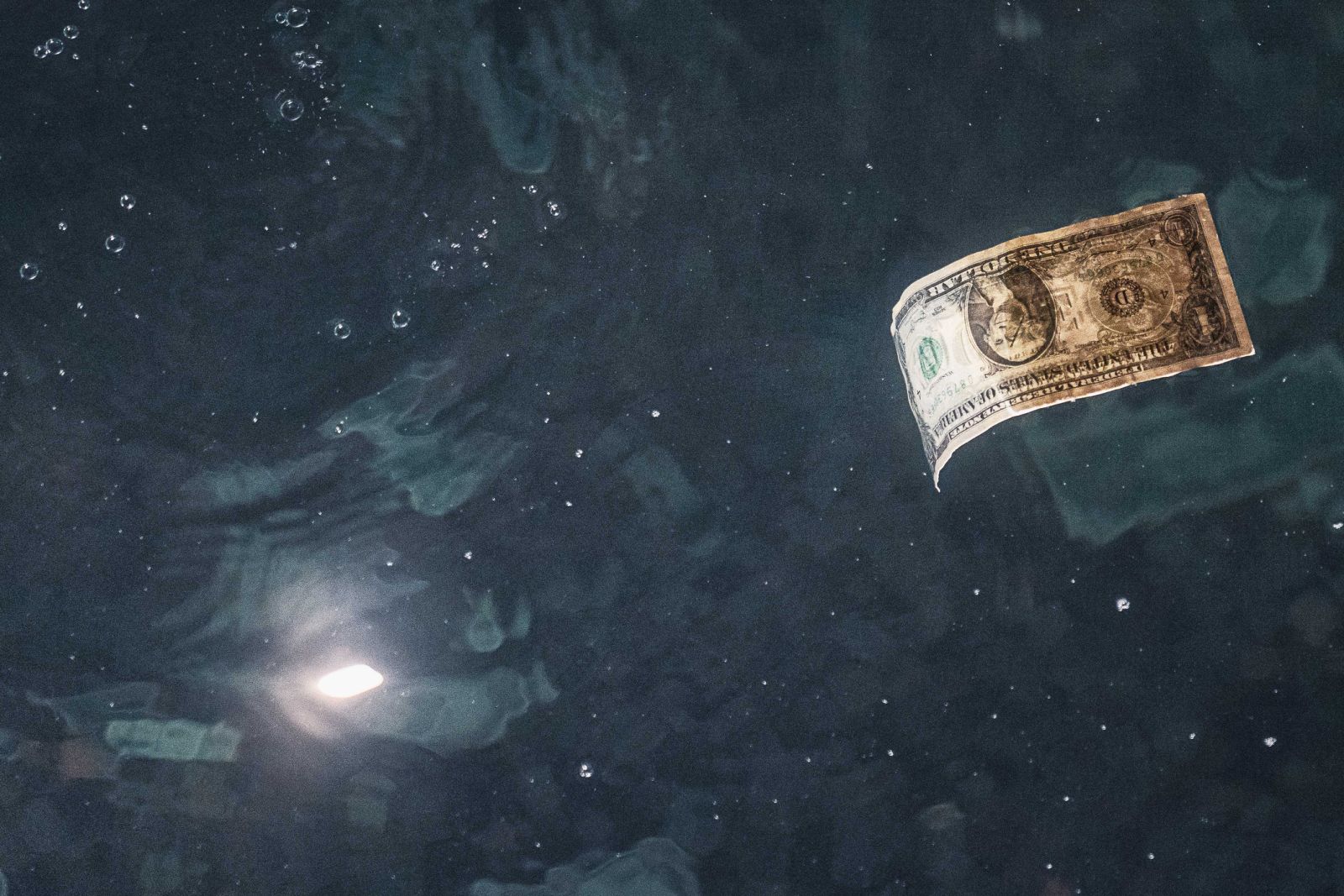
|

|
|
Mulvane Cooperative
Cash Bids
Market Data
News
Ag Commentary
Weather
Resources
|
Dollar Falls and Gold Rallies on Tariff Risks
The dollar index (DXY00) Friday fell by -0.87% and posted a 3-week low. The dollar tumbled Friday after President Trump threatened a 50% tariff on goods from the European Union on June 1, saying, "Our discussions with them on trade are going nowhere." The dollar was also pressured by comments from Chicago Fed President Goolsbee, who said Fed rate cuts are still possible over a 10-month to 16-month time horizon. The dollar rose from its worst level today after US Apr new home sales unexpectedly rose to a 3-year high. The dollar still has some negative carryover from Thursday when the House passed President Trump's tax and spending plan, which would add to the burgeoning US budget deficit. Also, pressure remains from last Friday when Moody's Ratings downgraded the US government's credit rating from Aaa to Aa1, citing a ballooning budget deficit and fiscal concerns. The downgrade put the dollar's status as a global reserve currency into question and may prompt some investors to lighten up on their dollar assets. US Apr new home sales unexpectedly rose +10.9% m/m to a 3-year high of 743,000, stronger than expectations of a -4.0% m/m decline to 695,000. Chicago Fed President Goolsbee said President Trump's new tariff threat is "really scary" for firms, and Fed rate cuts are still possible over a 10-month to 16-month time horizon. The markets are discounting the chances at 2% for a -25 bp rate cut after the June 17-18 FOMC meeting. EUR/USD (^EURUSD) Friday rose by +0.74% to a 2-week high. Friday's slumping dollar supported gains in the euro. Also, Friday's economic news showed an upward revision to German Q1 GDP, which is bullish for the euro. Gains in the euro were limited after Friday's report from the ECB showed slowing wage pressures in the Eurozone in Q1, a dovish factor for ECB policy. Also, comments on Friday from ECB Governing Council members Rehn and Stournaras were negative for the euro as they expressed their support for a June interest rate cut from the ECB. The ECB reported that Q1 negotiated wages in the Eurozone rose +2.4%, down from +4.1% in Q4, a sign of easing wage pressures and a dovish factor for ECB policy. German Q1 GDP was revised upward to +0.4% q/q and -0.2% y/y from the previously reported +0.2% q/q and -0.4% y/y. ECB Governing Council member Rehn said, "If the incoming data and macroeconomic analysis confirm the current outlook for stabilization of inflation and somewhat subdued growth, the appropriate response in June would be to continue monetary easing and cut interest rates." ECB Governing Council member Stournaras said, "I believe the ECB will cut interest rates one more time in June and then I see a pause." Swaps are discounting the chances at 97% for a -25 bp rate cut by the ECB at the June 5 policy meeting. USD/JPY (^USDJPY) Friday fell by -1.04%. The yen rallied sharply Friday to a 2-week high against the dollar on an increase in safe-haven demand after threats by President Trump to boost tariffs on the European Union sparked a sell-off in global equity markets. The yen also garnered support from Friday's news that Japan's April consumer prices rose more than expected, a hawkish factor for BOJ policy. In addition, lower T-note yields on Friday were supportive of the yen. Japan's Apr national CPI rose +3.6% y/y, stronger than expectations of +3.5% y/y. Apr national CPI ex-fresh food and energy rose +3.0% y/y, right on expectations and the fastest pace of increase in 14 months. June gold (GCM25) Friday closed up +70.80 (+2.15%), and July silver (SIN25) closed up +0.390 (+1.17%). Precious metals rallied sharply on Friday, with gold posting a 2-week high. Friday's slump in the dollar index to a 3-week low and a slide in global government bond yields supported sharp gains in precious metals prices. Also, comments on Friday from President Trump escalated the global trade war and boosted safe-haven demand for precious metals when he threatened a 50% tariff on goods from the European Union on June 1. In addition, dovish central bank comments boosted demand for gold as a store of value after ECB Governing Council members Rehn and Stournaras expressed their support for a June interest rate cut from the ECB. Finally, geopolitical risks in the Middle East continue to support safe-haven demand for precious metals. Gains in silver were limited by concern that an escalation of the global trade war would dampen economic activity and demand for industrial metals. Concerns about the fiscal position of the US are boosting safe-haven demand for precious metals after last Friday's Moody downgrade of the US credit rating and the negative US budget deficit outlook in the Republican reconciliation bill. On the date of publication, Rich Asplund did not have (either directly or indirectly) positions in any of the securities mentioned in this article. All information and data in this article is solely for informational purposes. For more information please view the Barchart Disclosure Policy here. |
|
|